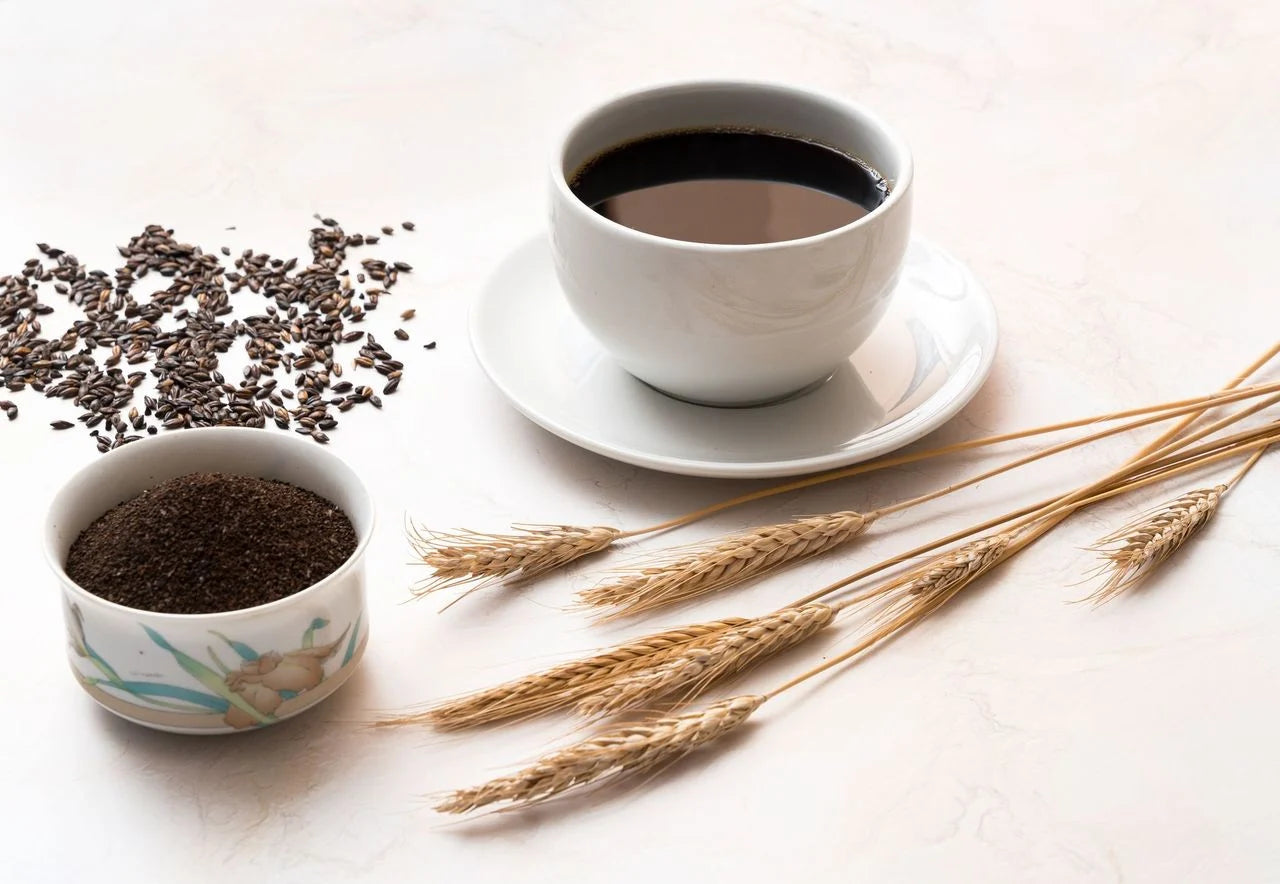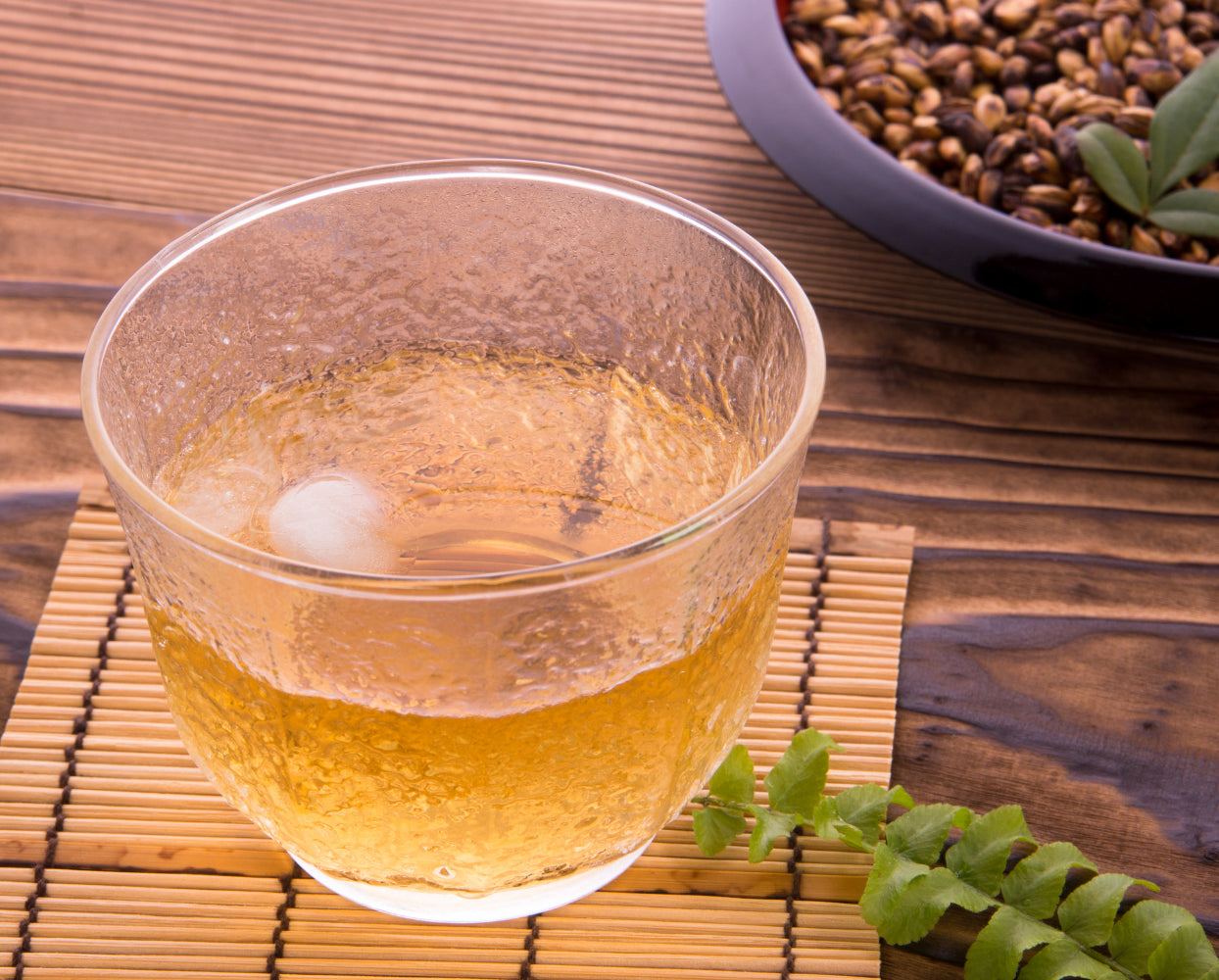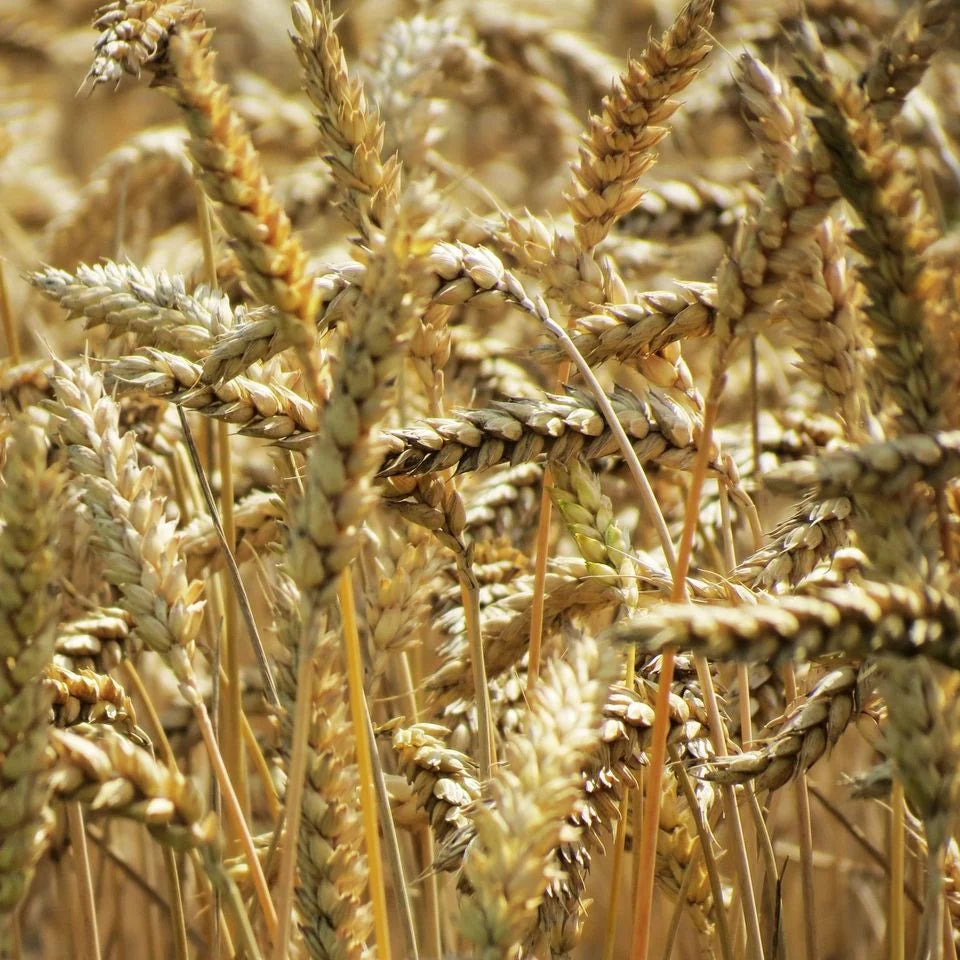Barley
Find more ingredients:
Organic roasted barley
Barley (Hordeum vulgare), an ancient grain that grew wild throughout Eurasia, is the fourth largest cereal crop grown in the world. The remains found of cultivated barley have been dated back to 17,000 BCE.
Barley contains antioxidants known as proanthocyanidins (OPCs) that are water-soluble and readily absorbable from a cup of Teeccino. You’ve probably read about the lower rate of heart disease in France despite their high consumption of saturated fats. The “French Paradox” has been attributed to OPCs that are found in red wine and some foods like barley.
What beverage does Italy, Japan, Korea and China have in common? They all love a roasted brew made from barley.

Italy’s favorite caffeine-free coffee alternative
Roasted barley is a popular coffee alternative in Italy where it’s known as “Caffé d’orzo.” “Orzo” is Italian for barley. Italians brew it dark and rich like espresso. You can order an “Orzo” anywhere they serve coffee from the train station to the best espresso bars and trattorias. Italians love to drink Orzo in the afternoon and after dinner for a caffeine-free dessert beverage.
Gluten in roasted barley
Although barley also contains gluten, when it is roasted, most of the gluten is destroyed. Additionally, tests show that gluten doesn’t extract from roasted barley during brewing. However, even though this has been verified by independent laboratory tests at the University of Nebraska, it is possible that some gluten intolerant people react to smaller particles of gluten in the brewed liquid. Teeccino’s certified gluten-free blends do not contain any barley and can be drunk by anyone with gluten sensitivity.

Asia’s renowned roasted barley tea
The Japanese steep roasted barley like tea and chill it for a cooling, hot weather drink called “Mugicha”. It is reputed to be cleansing for the body, good for digestion and helpful in reducing stress – probably due to the absence of caffeine.
Roasted barley is one of Japan’s oldest brewed beverages, dating back to the Heian period lasting 400 years (794-1185) during which many Buddhist temples were built across Japan and the political center became established in what is now the city of Kyoto. The first era of Japanese literature was birthed with the invention of Japanese written characters that allowed female writers to create what is considered the first novel (The Book of Genji) and the first memoir (The Pillow Book). They must have made good reading while sipping a cup of roasted barley tea!
Koreans share the love for their roasted barley brew called “Boricha” which they drink hot when it’s cold or chilled in place of water because they consider it more refreshing and rehydrating. The Chinese also love their roasted barley brew called “Damaichá” but they prefer to drink it hot. Notice all the names for roasted barley end in “cha” which means tea in Asia.
Teeccino’s organic barley in Europe is grown by family farmers, roasted by our European partner, and then sent back to the family farm for its final processing. The barley kernel has a hull that is ideally removed after roasting in order to develop the best brewed flavor. Teeccino’s European partners send the roasted barley to a farmer whose father designed and hand-crafted the equipment used to separate the hull, grind the kernel and sift out the powder. Using several floors of a barn, the barley goes from the top floor through this separation, grinding and sifting process to the bottom floor where it is packed into bags to transport by ocean container to California. Gravity and rooftop solar panels power the entire process!

Our source
Organic barley used in Teeccino is grown in Europe. Caroline’s search for the best roasted barley in the world led her to a European company that began roasting barley for a coffee alternative seven generations ago. When you meet the family, they introduce themselves by stating which generation they belong to!
Europe’s tradition of family businesses stretches back to an era when people started companies to grow and run them for hundreds of years. Today, the popular model is to grow a company rapidly and then sell out to make money for oneself and retire. No thought of the next seven generations to come!


